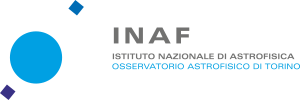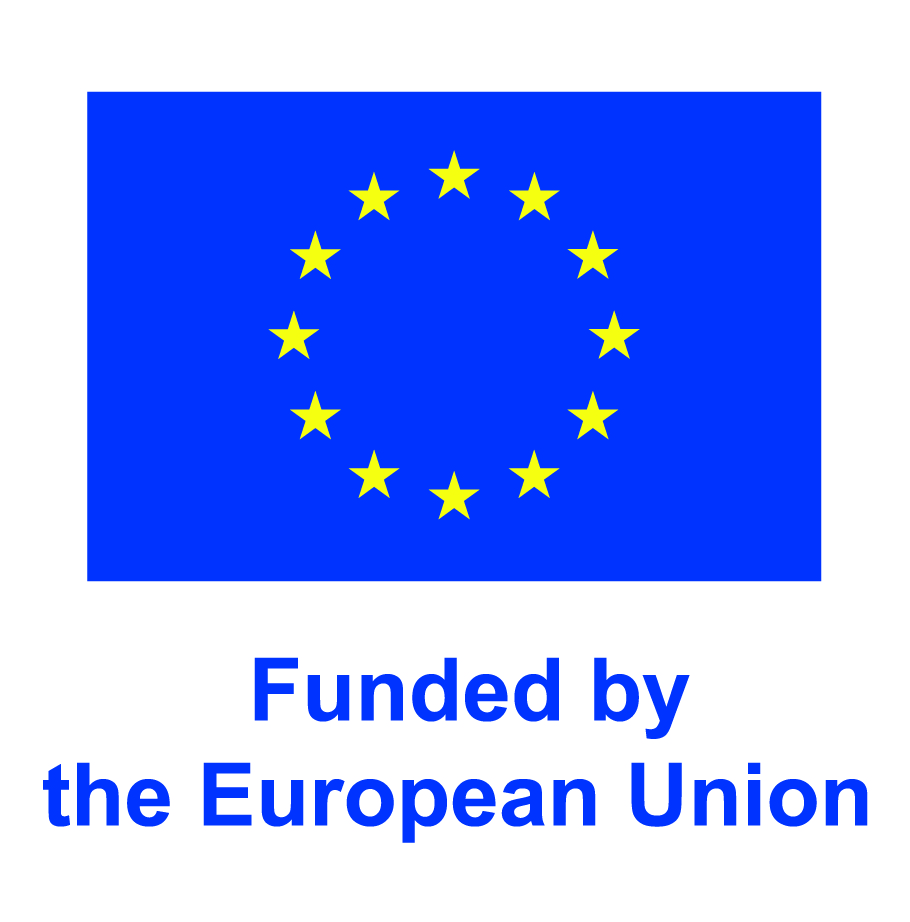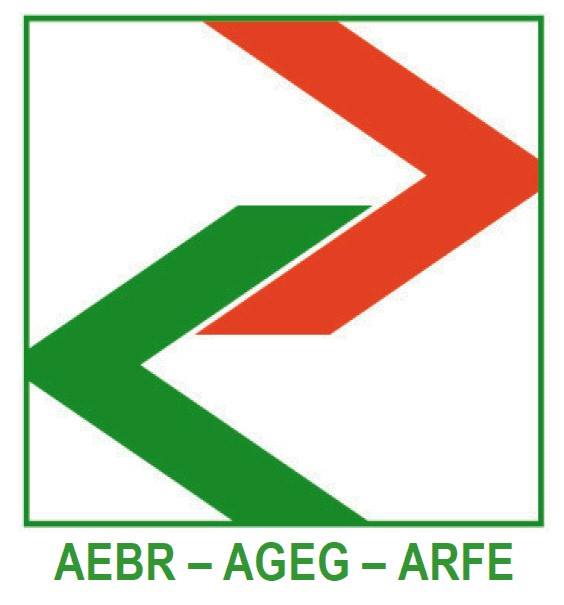Have you ever looked up at the night sky and tried to count the stars? How many can you see? Scientists say that, under a clear and dark sky, the human eye can see up to 5,000 stars across the entire celestial sphere – without a telescope. So why can’t we enjoy this breathtaking view most of the time? The answer is light pollution, which makes it increasingly difficult to perceive the presence of stars.
Bright city lights at night serve important purposes, but they also contribute to light pollution, which negatively affects both human health and the environment. In many Central European cities, awareness of this issue remains limited. The DARKERSKY4CE project aims to change that by reshaping the perception of light pollution among local authorities, tourism stakeholders, and the general public. The project highlights its harmful impact on ecosystems and promotes dark night skies as a valuable resource for sustainable development. To achieve this, it is building a transnational network and fostering dialogue, laying the groundwork for the creation of a “Dark Skies Macro Region”.
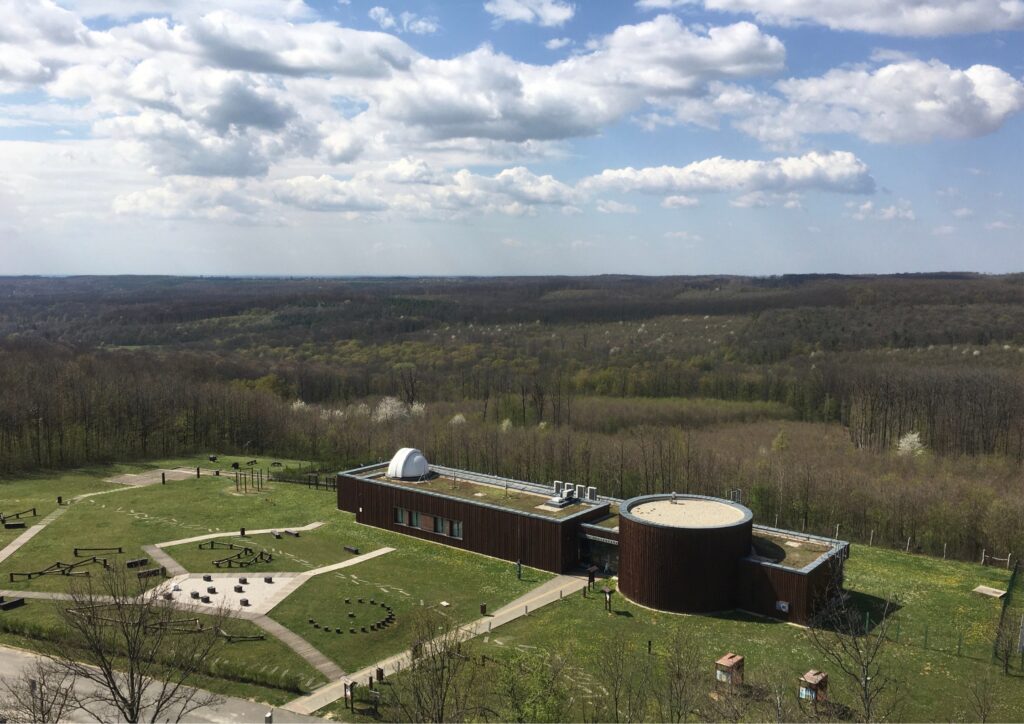
We are seven partners from six countries (Austria, Germany, Hungary, Italy, Poland, and Slovenia), working in different groups to conduct research, develop a strategy to reduce light pollution, implement pilot action in our regions, organize a traveling exhibition, and create content for social media.
The project will last three years, and we are still in its early phase. In the beginning, each partner collected data and information to produce reports, gain an overview of light pollution in their local areas, and define the content for upcoming activities.
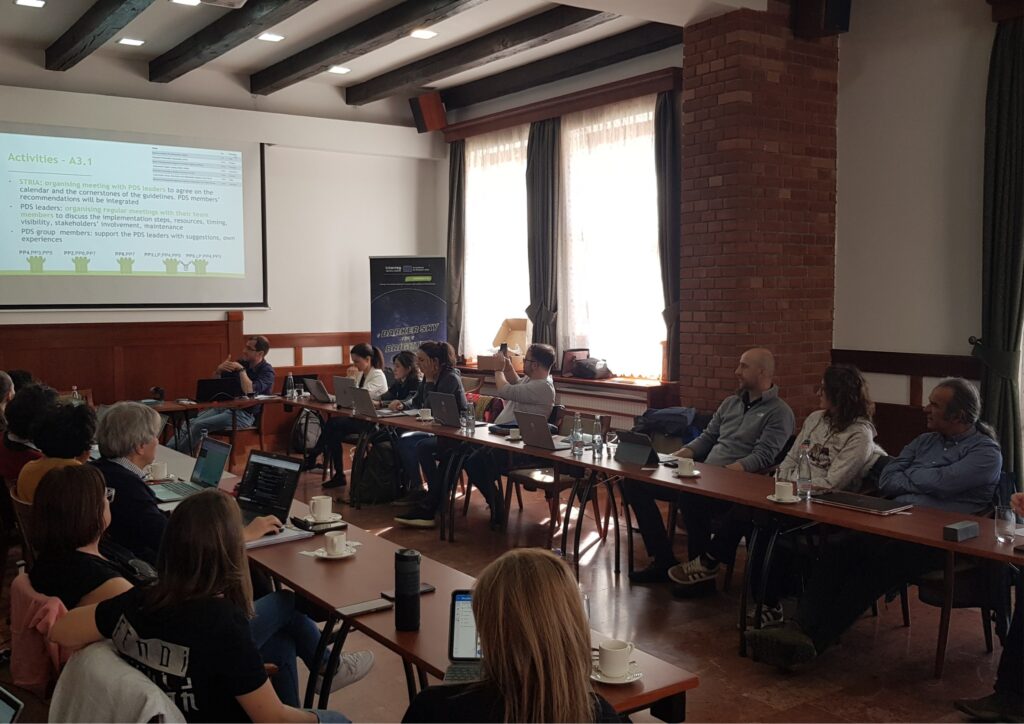
In April, a partner meeting was held at the DarkSky Park in Pécs, Hungary, to evaluate the project’s current status and coordinate the next steps. We also visited the Planetarium and we observed the sun.
As an IVY volunteer, at the moment, I’m in northern Italy, very close to Turin, at the Astronomical Observatory of INAF (National Institute of Astrophysic), which is the lead partner of the project.
The main task for now is to develop the repository – an online archive where people can learn more about the issue (e.g., sources of light pollution, data, maps, etc.). I also support my colleagues with the Dynamic Monitoring Tool (DMT), which will help us understand how people perceive ALAN (Artificial Light At Night).
Additionally, we created a brochure about our project to bring to events and help people learn about what we are doing. We also occasionally visit a middle school in Pino Torinese – the town where the observatory is located – where we run activities and games with students to explain what light pollution is and how it affects our health and ecosystems.
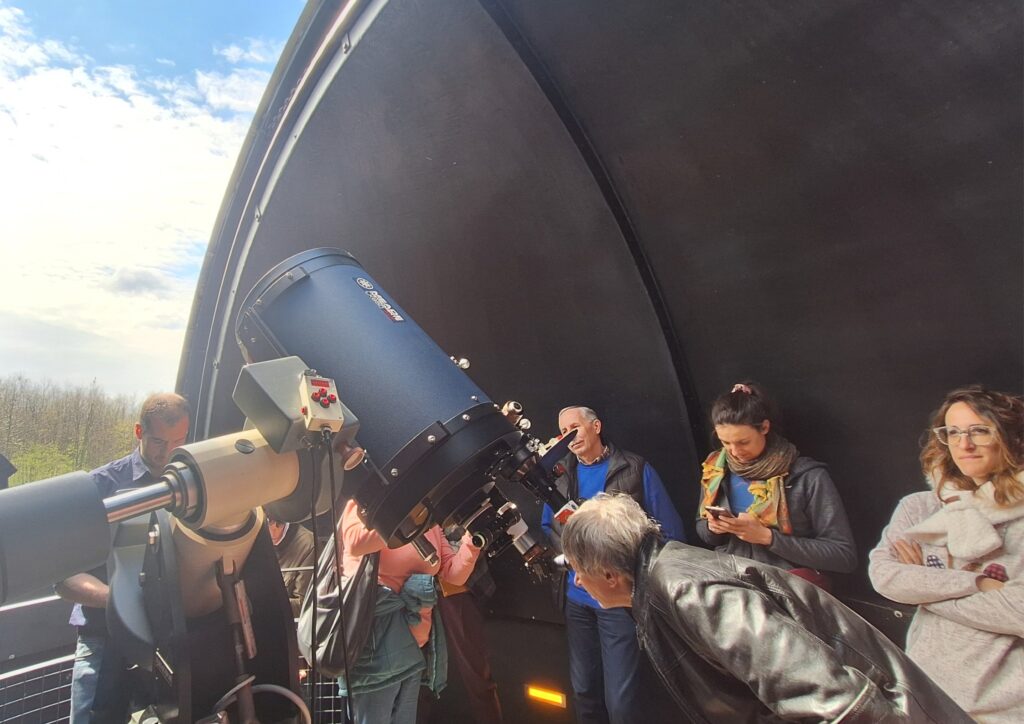
I’ve worked in the field of sustainability for a while, but this is the first time focusing on light pollution. It’s a problem that many people are unaware of, and even at the European level, we still need stronger regulations to reduce the impacts of ALAN. Beyond the DARKERSKY4CE project, there are other important efforts, such as Night Light, the European Light Pollution Manifesto, Adrisky in the Adriatic-Ionian Region, and Darker Sky in the North Sea Region, among others.
These initiatives give me hope, and I like the idea that together, we can build diverse pathways toward shared goals and a more sustainable society.
– Eleonora, IVY Project Partner for Interreg Project DARKERSKY4CE at Observatory of Turin (INAF)
Instagram: https://www.instagram.com/darkersky4ce/
Repository: https://darkersky4ce.inaf.it/ (soon available)
DMT Survey for general public: https://forms.gle/2FUKCQeKK6ahFYAy9


